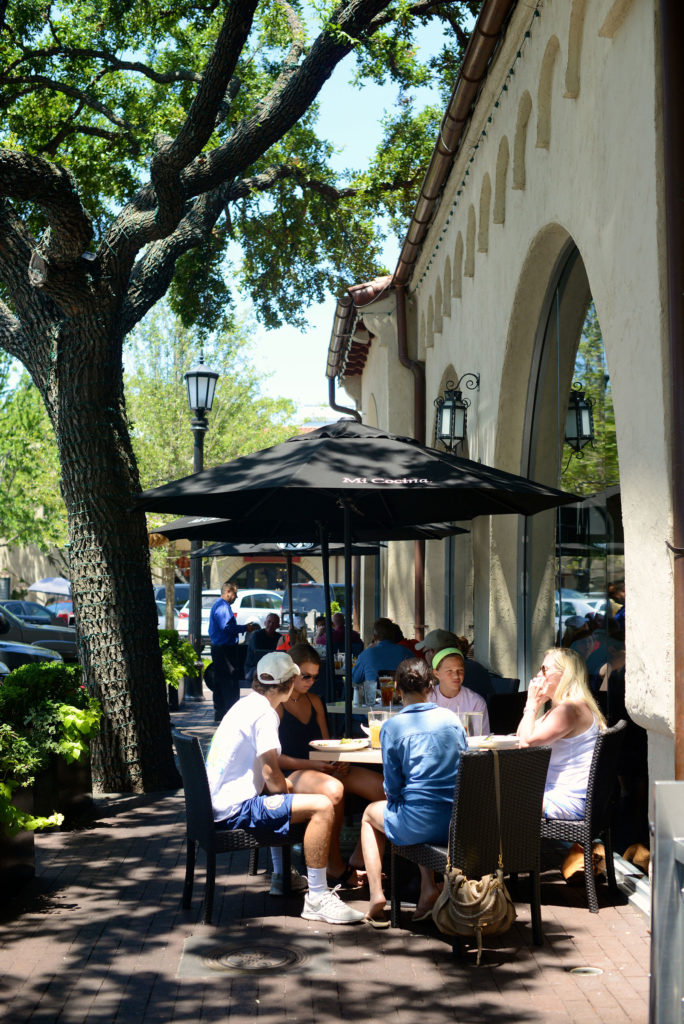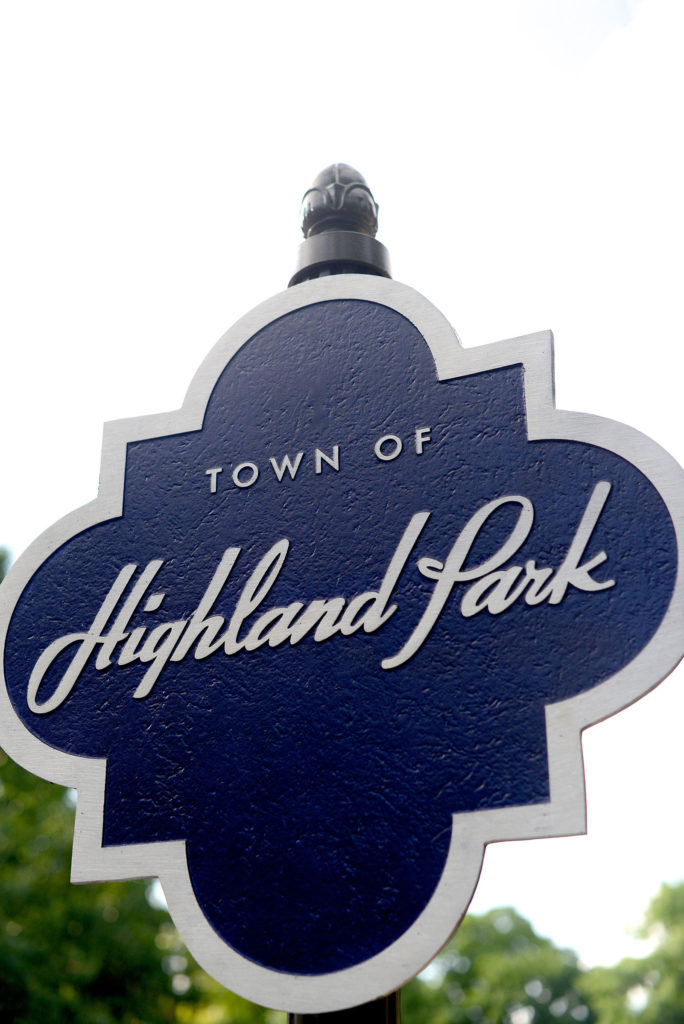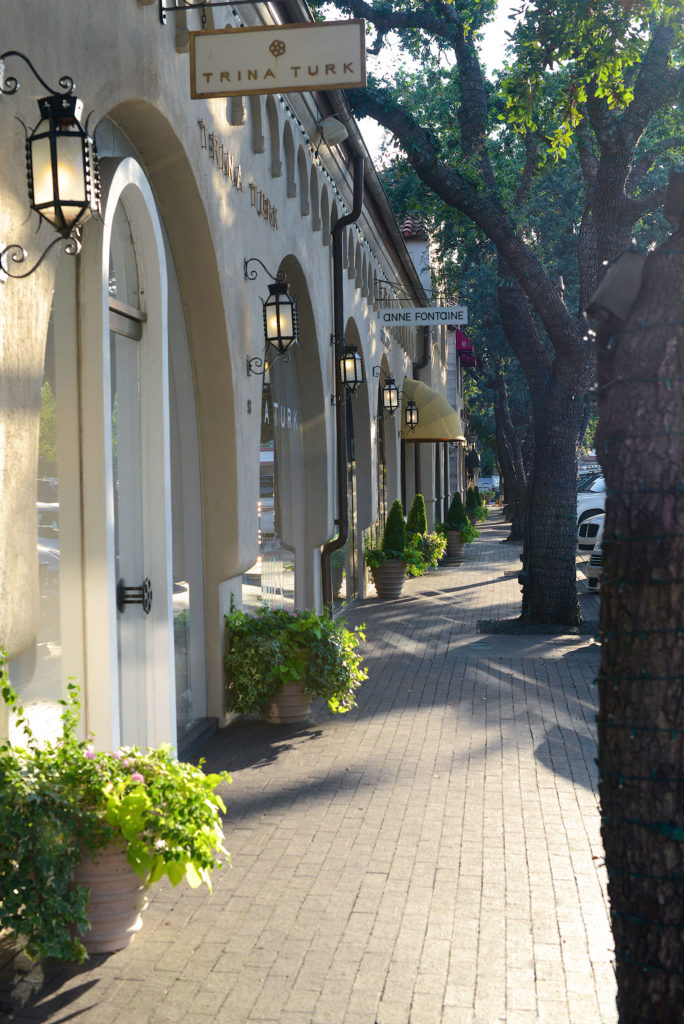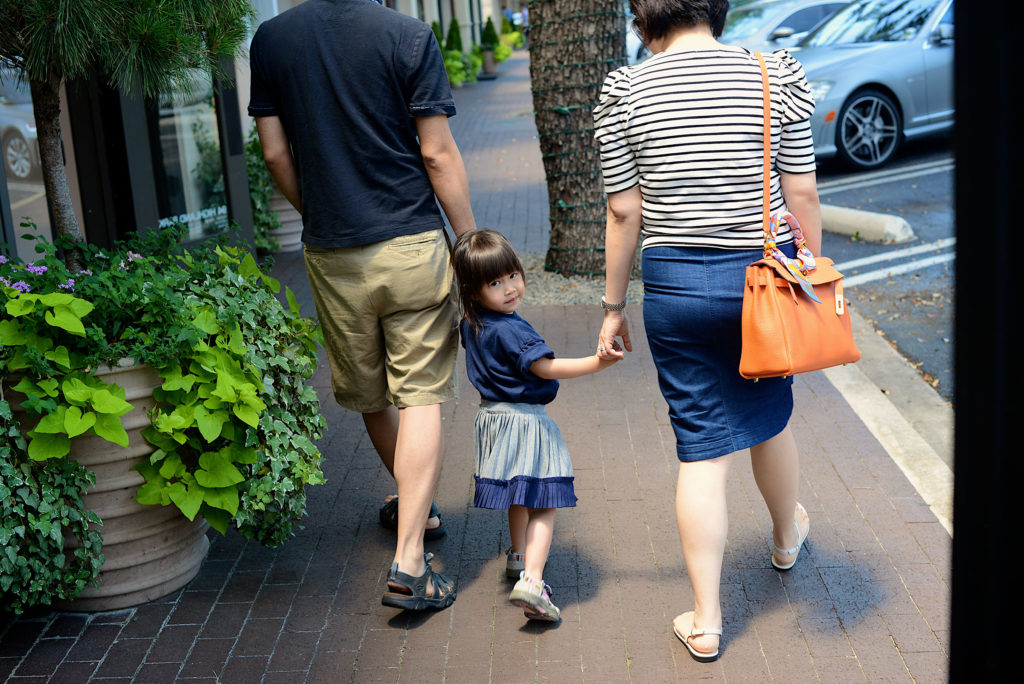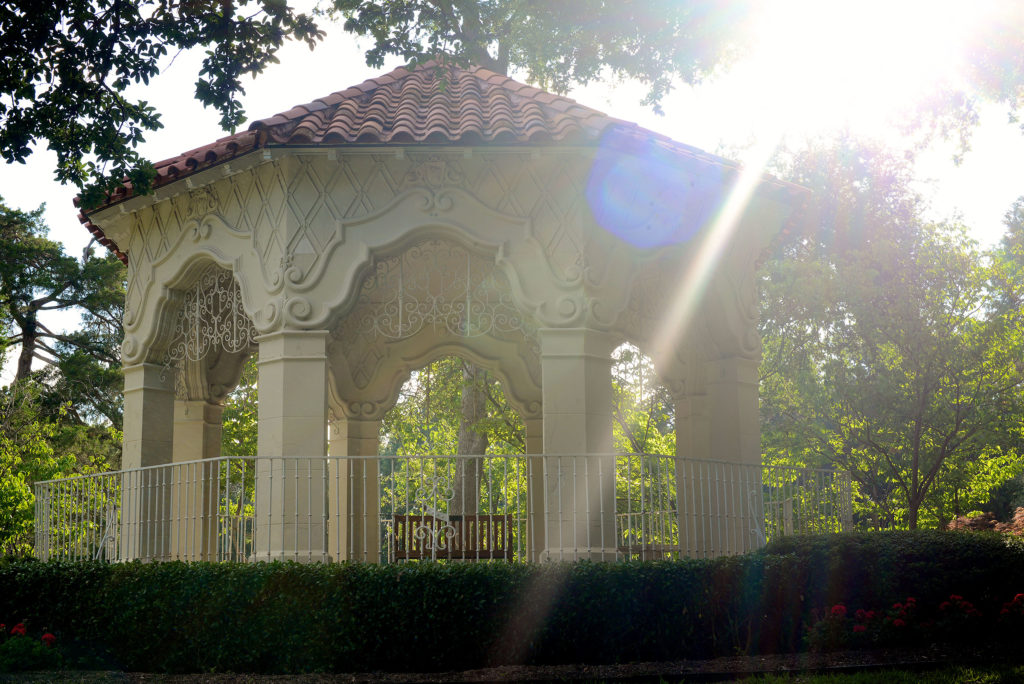Justifiably known as a wealthy enclave that’s becoming seemingly wealthier all the time, it’s the small-town charms and some of the best public schools in the state that draw residents to its leafy avenues lined by impressively sized houses. Highland Park is an independent municipality, giving it access to all the advantages of Dallas’ other dynamic neighborhoods with far fewer of the drawbacks.
Locals Love
The walkability and safety of the city’s tree-lined streets, zealously patrolled by the town’s police force. And, of course, the private-school-quality education at public-school prices that Highland Park ISD provides its students.

